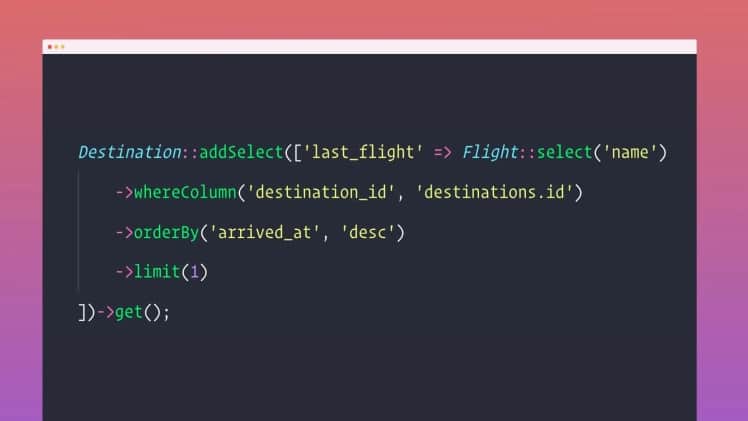Laravel, the robust PHP framework, is renowned for its elegant syntax and powerful ORM, Eloquent, which significantly simplifies interaction with the database. Eloquent is an active record implementation that makes it easy for developers to perform queries using an object-oriented model, seamlessly translating operations into database actions. Among its capabilities, the join method in Laravel Eloquent is particularly useful for crafting complex queries that involve multiple tables. In this article, we delve into the intricacies of utilizing the join method, ensuring you can harness its full potential to enhance your application’s data operations. Keep reading to unlock the secrets of streamlined database management with Laravel Eloquent.
The Role of the Join Method in Building Complex Queries With Eloquent
Database tables are inherently interconnected, and proper management of these relationships is instrumental in developing dynamic applications. The join method in Eloquent is a versatile tool that allows for the combination of columns from one (self-join) or more tables based on a related column between them. This power join in Laravel Eloquent can be specified to be inner or outer joins, which control the inclusion of non-matching rows.
While Laravel’s Eloquent provides easy-to-use functions for dealing with simple relationships, the join method becomes the go-to for more complex or performance-sensitive queries. By establishing direct links between tables, developers can pull together comprehensive datasets from disparate sources, and tailor-fit to the application’s needs.
Yet, it’s important not to underestimate the importance of understanding how joins work at a fundamental level. Misuse or misunderstanding of joins can lead to inaccurate queries or, worse, performance degradation. Thus, a solid grasp of the concept is vital before utilizing the method extensively in your projects. For a deeper understanding of the join method’s capabilities in Eloquent, developers can explore professional insights.
Step-By-Step Guide To Implementing Inner and Outer Joins in Laravel
The implementation of joins in Eloquent begins with a model instance corresponding to the primary table. The ‘join’ method is then called off in this instance, where the first argument is the name of the table you wish to join. This is typically followed by specifying the column relations that define how the tables are linked.
When utilizing an inner join, which is the default in Eloquent, you assure that only records with matching values in both tables are selected. This is particularly useful when you need a strict dataset based on explicit relationships. An outer join, on the other hand, including left and right joins, can return all records from one table and matched records from another, providing a broader dataset.
Optimizing Query Performance With Eloquent Join Clauses
Performance optimization is paramount when dealing with database queries, especially in the context of large-scale applications. Eloquent provides a sweet spot between simplicity and efficiency allowing developers to craft queries that are legible. The use of join clauses can potentially reduce the number of queries executed against the database which is a common performance bottleneck.
Strategic use of indexes on the database level can further enhance the performance of joint operations. When a join clause is used in Eloquent, ensuring that the columns being joined on are indexed can greatly expedite the query execution time. Keeping an eye on execution plans will help identify inefficiencies that can be optimized.
Overall, the join method in Laravel’s Eloquent ORM is a staple for constructing efficient, complex, and performant database queries that stand at the heart of every robust Laravel application. Its combination of simplicity and expressiveness empowers developers to build with confidence and precision, transforming the way data is managed and presented in web applications. As we’ve explored, from basics to advanced techniques, the join method’s versatility in Eloquent is a testament to Laravel’s commitment to delivering a developer-friendly framework without sacrificing the power every coder needs.


